This is the first part in a mini series I am going to do for Runners. We will cover Strength training today and why this is so important for runners, and then we will also discuss warm ups, mobility exercises, and of course there will be a post on Pilates for Runners too! Keep checking back in or subscribe to Blog updates to catch the next posts!
Runners are already challenged due to the constant, repetitive nature of the sport that leaves little devotion from the running motion. The physiological, biomechanical, and psychological factors of longer distance training also require consecutive and chronic running sessions that leave little room for adding strength training sessions (1).
Strength training interventions have been shown to directly reduce the risk of injury within sports as well as improving running performance, with approximately a 2-8% enhancement in running economy(2). Running economy is the amount of energy it takes to cover a certain distance at pace. Improvements in running economy will allow a runner to run faster over a given distance or run longer at constant speed with less oxygen and energy expenditure (1, 3).
Running economy is a key performance indicator for distance runners (4). Improvements in running economy require the generation of rapid force during the ground contact in order to enhance the strength and speed of the run (5). Running produces a ground reaction force of approximately 1.3-5 times bodyweight and an internal compressive force to the leg of approximately 10-14 times bodyweight. This constant absorption of lower limb forces can lead to overuse injuries.
Strength training can elicit adaptations in the runner that absorb this ground reaction force, as well as enhancing the force produced and the rate of force development (6). These adaptations are associated with improved running economy, faster time trial performance, and faster maximal sprint speed (7). Interestingly, where strength training has been removed from a training plan, performance losses were noted within 6 weeks showing the significant effects of implementing strength protocols (8).
Strength training prescription
Strength training prescription for runners is recommended to follow 3-6 sets of 6-10 repetitions at >70% 1RM with 2 minute rest intervals. This heavy resistance, lower reps formula works best to focus on the strength development. Endurance should be developed within the running sessions themselves and not through the previous guidance of low weight, high reps.
Plyometrics should also be included to develop explosive power at high velocity. Plyometrics prescription suggests 1-3 sets of 4-10 repetitions with approx. 110-228 foot contacts per session.
Programmes should focus on developing strength in hip extension, and the lateral gluteal muscles. Hip extension is the primary force developing movement within runners. The lateral muscles are important for stabilising the hip within the joint, as well as preventing the knees coming inwards, and the pelvis tilting. See below for examples of recommended exercises. Deadlifts should also be incorporated, and olympic lifts are also invaluable at generating maximum full body power, and integrating the upper and lower body coordination.
Each strength session should include leg exercises with heavy resistance. There should also always be unilateral exercises, and plyometrics. Unilateral exercises should aim to complete 1.5 times your body weight. One day could focus more on squat based exercises and the other day more so on deadlift/posterior chain focus.
Strength training should occur on the SAME day as your hardest runs. This will allow the greatest recovery in-between sessions and allow rest days to be full rest days. Running should be completed first with approx. 4-6 hours rest prior to the strength session. This avoids the residual fatigue effects from running (9).
Strength training exercises for hip extension
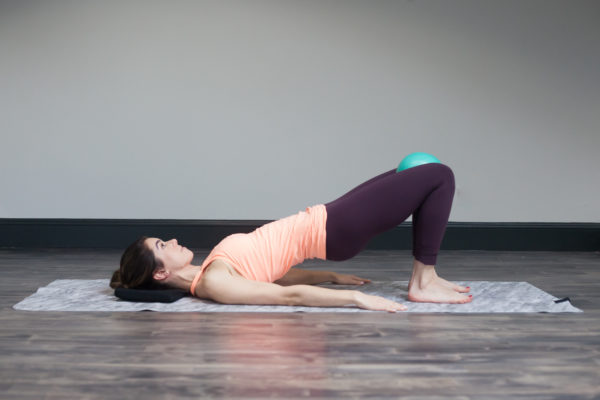 Glute bridges
Glute bridges
 Squat with band
Squat with band
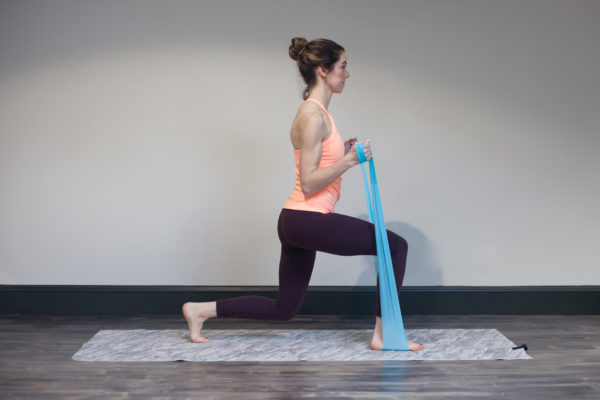
Lunges
Strength training for lateral hip muscles
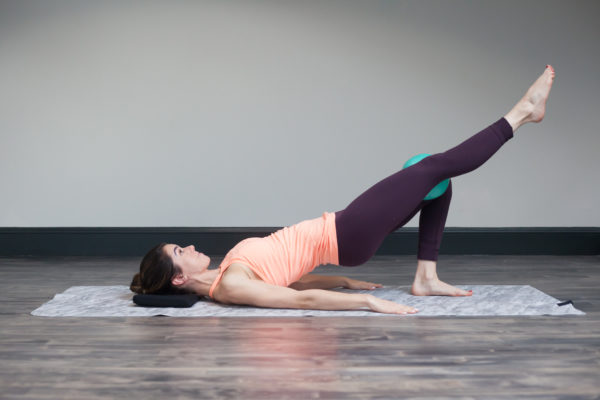 Single leg glute bridge
Single leg glute bridge
 Clam
Clam
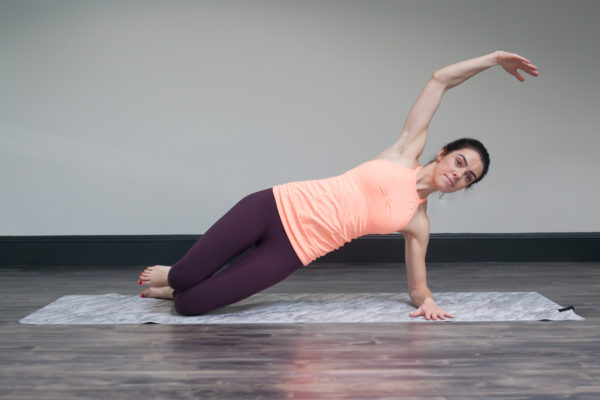 Side bend– also add on clam position for extra gluteal work
Side bend– also add on clam position for extra gluteal work
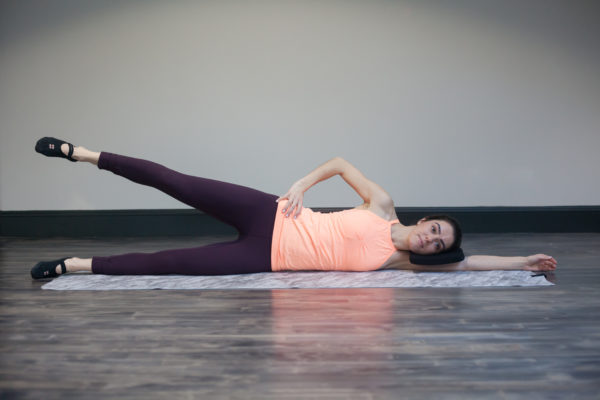 Side abduction
Side abduction
References:
1. Sports Med. 2018; 48:1117-1149.
2. Br J Sports Med. 2018;52:1557–1563.
3. Sports Med. 2003; 33:539-552.
4. J Strength Cond. 2020; 42(1): 97-106.
5. Sports Med. 2014; 44(6): 845-865.
6. Br J Sports Med. 2019. 10.1136/bjsports-2019-100840.
7. Br J Sports Med.2019. 10.1136/bjsports-2019-10116
8. Int J Sports Physiol Perform. 2016; 11:80-85.
9. Appl Physiol Nutr Metab. 2013; 38:651-656.




